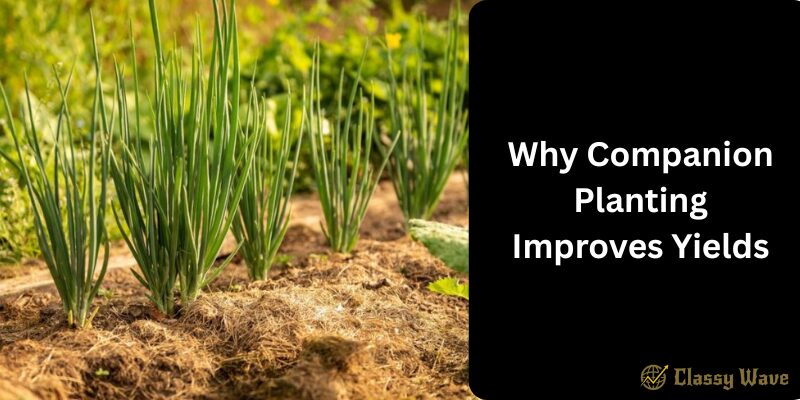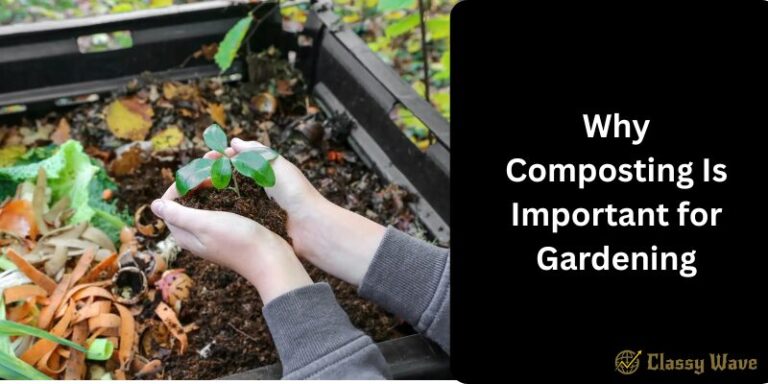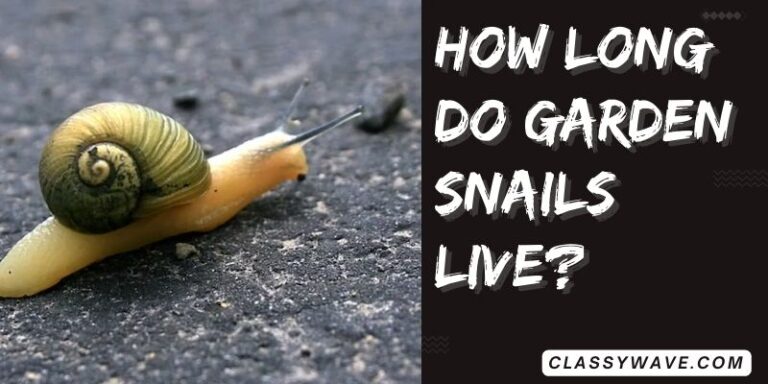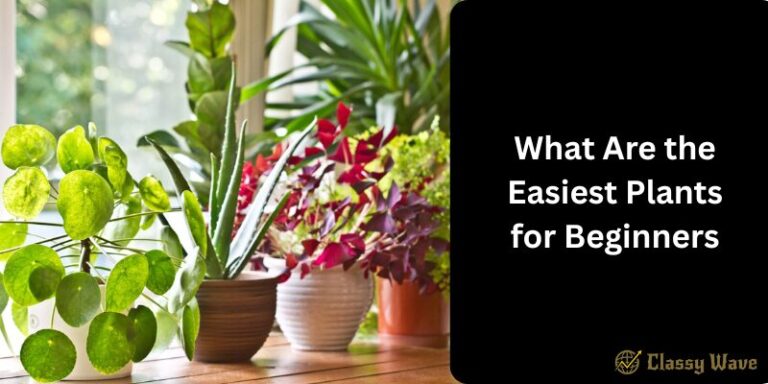Why Companion Planting Improves Yields | Classy Wave
Have you ever wondered why some gardeners swear by planting certain crops together? The secret lies in companion planting — a smart, natural gardening technique that pairs plants in ways that help them grow stronger, healthier, and more productive. This age-old method not only boosts yields but also reduces pests and improves soil quality. Let’s explore how companion planting works and why it’s such a game-changer for both beginner and expert gardeners.
What Is Companion Planting?
Companion planting is the practice of growing different plants close to each other to create a mutually beneficial relationship. Some plants release natural chemicals, scents, or nutrients that can support or protect their neighbors. For example, planting basil next to tomatoes can enhance flavor and repel harmful insects. It’s nature’s way of teamwork — plants helping plants!
How Companion Planting Improves Yields
1. Enhances Soil Health
Different plants use and replenish nutrients in unique ways. When you pair the right plants, they help balance soil fertility.
For example, legumes (like beans and peas) fix nitrogen into the soil, enriching it for neighboring plants such as lettuce or corn. This natural nutrient sharing results in healthier plants and higher yields without needing chemical fertilizers.
2. Natural Pest Control
One of the biggest advantages of companion planting is pest management. Certain plants emit scents that confuse or repel pests.
For instance:
- Marigolds deter nematodes and aphids.
- Basil repels flies and mosquitoes.
- Garlic wards off spider mites and beetles.
When pests are under control, plants stay healthier and produce more fruit or vegetables.
3. Attracts Pollinators
Some plants naturally attract pollinators like bees and butterflies, which help in fertilizing flowers and boosting fruit production.
Planting lavender, sunflowers, or zinnias near crops like tomatoes or cucumbers encourages more pollination — and more pollination means higher yields!
4. Provides Shade and Support
In a small garden, tall plants can offer natural shade to shorter, shade-loving ones. Similarly, climbing plants can use tall plants as support.
For example, corn and beans make an excellent pair: corn provides a pole for beans to climb, while beans enrich the soil with nitrogen. This efficient use of space and resources helps both plants thrive.
5. Reduces Weed Growth
Dense companion planting covers the soil, leaving little room for weeds to grow. Low-growing plants like lettuce or spinach act as natural mulch, shading the soil and keeping weeds under control. This reduces competition for nutrients, allowing your main crops to grow stronger.
6. Improves Flavor and Growth
Some combinations not only improve yield but also enhance taste. Basil makes tomatoes taste richer, while chamomile improves the flavor of onions and cabbage. The reason? Companion plants can influence the chemical composition and nutrient absorption of their neighbors, subtly enhancing flavor and quality.
7. Efficient Use of Space
If you have limited gardening space, companion planting helps maximize productivity. Combining fast-growing and slow-growing plants ensures every inch of soil is used efficiently. For instance, radishes (fast growers) can be planted between carrots (slow growers), giving you two harvests from one small space.
Examples of Successful Companion Planting Pairs
- Tomatoes and Basil – Basil repels pests and enhances tomato flavor.
- Carrots and Onions – Onions deter carrot flies, while carrots improve soil aeration.
- Corn, Beans, and Squash (The Three Sisters) – A traditional combination where each plant supports the others’ growth.
- Cabbage and Dill – Dill attracts beneficial insects that eat cabbage worms.
- Lettuce and Radishes – Radishes loosen soil, allowing lettuce roots to spread easily.
Common Mistakes to Avoid
While companion planting has many benefits, not all plants get along.
Avoid pairing:
- Onions and beans (onions can stunt bean growth)
- Tomatoes and corn (both attract similar pests)
- Cabbage and strawberries (they compete for nutrients)
Always research plant compatibility before pairing them in your garden.
The Science Behind Companion Planting
Scientific studies support the concept that plant interactions influence growth and yield. Plants release natural substances called allelochemicals, which can either promote or inhibit the growth of nearby plants. Properly paired plants release beneficial compounds that stimulate root development, repel pests, and even enhance soil microbes — all leading to stronger yields.
Why It’s Perfect for Small Gardens
If you’re short on space, companion planting is your best friend. It allows you to grow more varieties in less area, reduce the need for pesticides, and create a thriving ecosystem. You’ll not only harvest more produce but also enjoy a healthier, more balanced garden environment.
Conclusion
Companion planting is more than just a traditional gardening trick — it’s a science-backed strategy for healthier, more productive gardens. By pairing the right plants, you can improve soil fertility, reduce pests naturally, attract pollinators, and enjoy higher yields. Whether you’re growing herbs on your balcony or vegetables in your backyard, companion planting is a simple way to let nature do the hard work for you.







